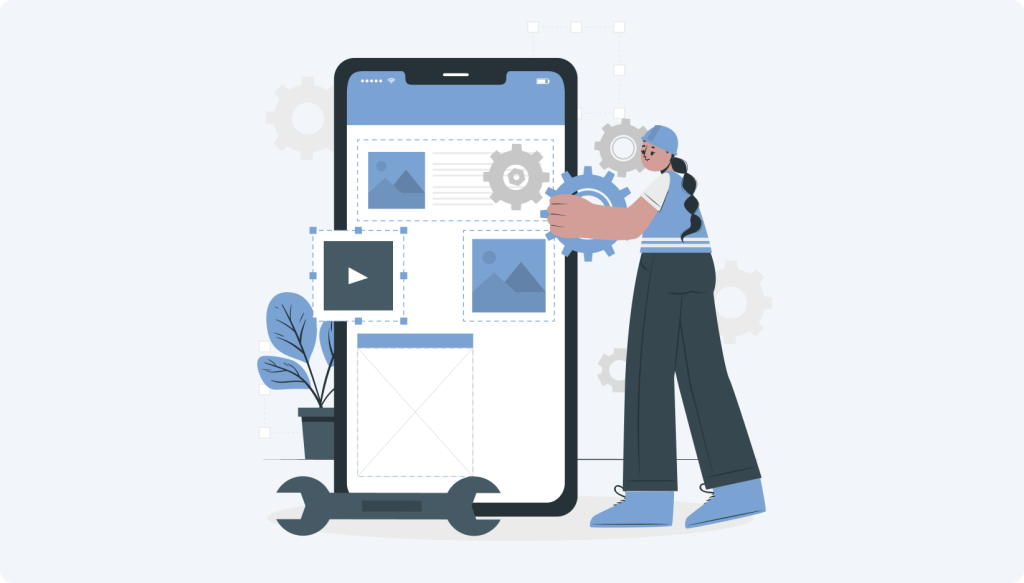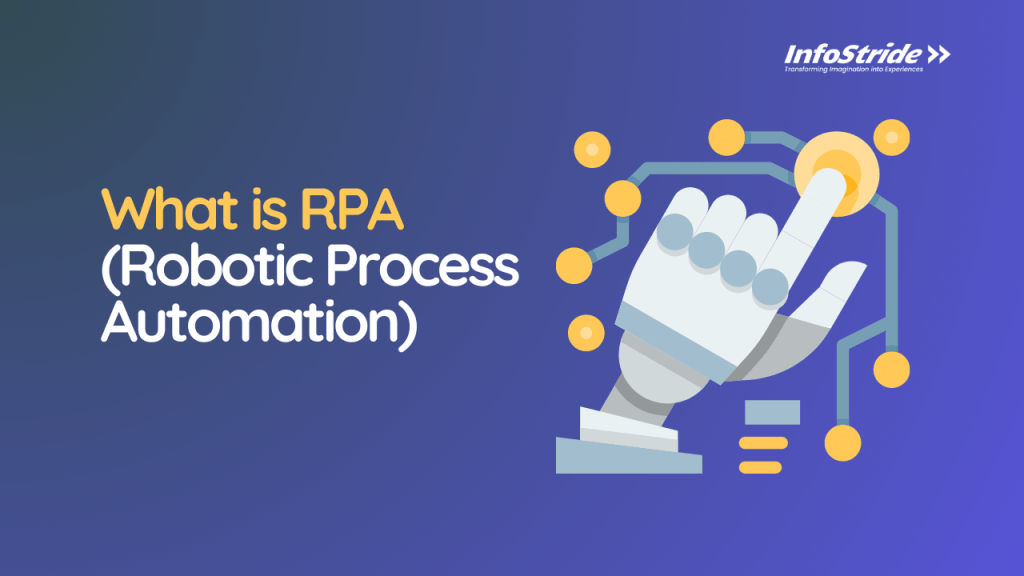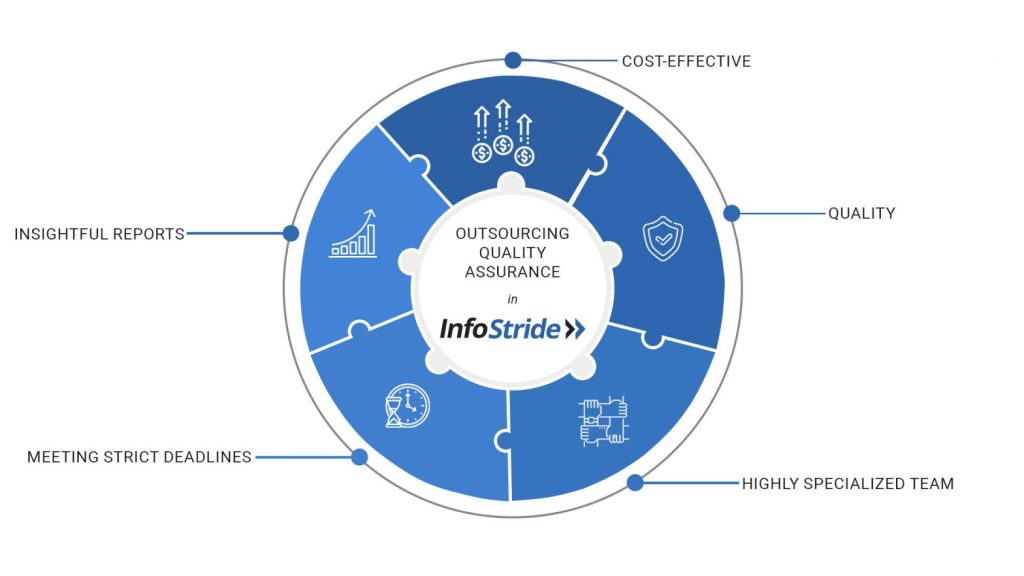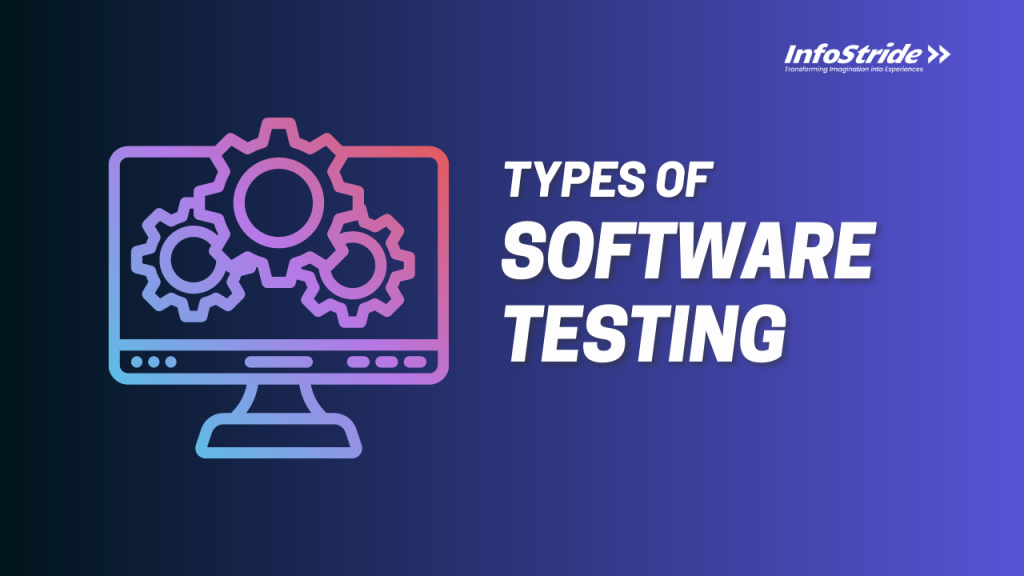Minimum investment is the way to go when it comes to businesses. When you have an idea in mind and want to take it to the market, it is always advisable to first create a minimal viable product, with basic functionalities to ensure that it is worth the full investment later. An MVP, or Minimum Viable Product, serves as a beta or test version of a product or service.
Forbes, in a new article sheds light on the need for building an MVP, before investing into the full-scale product right away.
It is essential when creating customer-oriented software to understand the actual needs of the end users. By testing the project, valuable information and understanding can be obtained about what customers want, and this is where the MVP plays a crucial role.
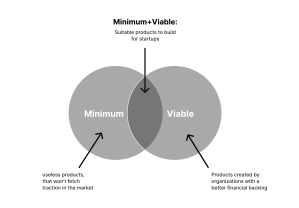
Why build an MVP?
The concept of MVP is derived from the Lean Startup methodology, which aims to minimize waste, optimize business processes, and make startups more efficient. MVP exemplifies this methodology by reducing the costs and time associated with launching a product, while simultaneously allowing for learning and product optimization during the development process. It is the best way to gauge the mood of the market and identify gaps which can be fixed in the final version.
When building an MVP, it facilitates finding the right balance between the company’s offering and the customers’ needs. Through multiple testing cycles, this approach helps minimize errors and allows for the optimization of ideas throughout the development process.
When you Develop a minimal viable product, it offers several advantages, including the ability to minimize initial investments in software development and reduce risks associated with introducing a product to the market.
-
Shows Idea in action
By serving as a trial run, an MVP allows you to observe your idea in action and make necessary adjustments to enhance its appeal and value to users. Launching an app with numerous features can complicate future adjustments, making an MVP a more efficient approach.
-
Lowers cost
Furthermore, the cost of building an MVP is considerably lower compared to developing the final version, thanks to its incremental development approach. As your app begins to generate profit, you can reinvest it in the development of additional features, gradually improving the product over time.
-
Attracts investors
Lastly, creating an MVP can play a crucial role in attracting investors. With a functional product, you have a higher chance of securing funds and capturing the attention of venture capitalists or angel investors.
-
User Feedback
An MVP enables you to gather valuable opinions from potential customers about their experience with the product, their expectations, and desired changes for the final version, leading to the development of a better product.
-
Quick Time-to-Market
Building an MVP allows for a swift release of your product to the market, enabling you to gather feedback sooner. This feedback can then be used to make improvements and release updated versions in a timely manner.
-
Awareness of Market Trends
Releasing an MVP among your target audience helps you stay informed about market trends. This knowledge can guide the direction of full product development and enhance your product’s positioning for success.
-
User Base Building
Distributing an early version of your product to the market assists in acquiring an initial user base. These early adopters can eventually become brand ambassadors, spreading the word about your product within their networks and contributing to its growth.

What are the steps to build an MVP?
So, you know what an MVP is, and you know its use cases. Now let’s understand the step-by-step breakdown of how an MVP
-
Define the Purpose
Clearly outline the problem your MVP aims to solve and identify the core value it will deliver to users.
-
Identify Target Audience
Understand your target audience’s needs and preferences to ensure your MVP addresses their pain points effectively.
-
Prioritize Features
Identify the minimum set of features necessary to deliver the core value and prioritize them based on their importance and complexity.
-
Design and Prototype
Create a simple design and functional prototype of your product to visualize its user interface and user experience.
-
Development
Build the MVP using agile development methodologies, focusing on the core features while keeping the code flexible for future iterations.
-
Test and Iterate
Conduct thorough testing to identify and fix bugs and usability issues. Gather user feedback and make iterative improvements to the product.
-
Scale Appropriately
Plan for scalability as your product gains traction, ensuring it can handle increased user demand and data load.
-
Monitor and Analyze
Implement analytics to track user behavior and gather data on usage patterns to make informed decisions for future enhancements.
-
Deploy and Monitor
Deploy the MVP to a limited audience and closely monitor its performance and user feedback to gather insights for further improvements.
-
Gather User Feedback
Continuously engage with users to understand their needs, pain points, and suggestions for refining the product.
-
Iterate and Expand
Based on user feedback and insights, iterate on the MVP, adding more features and refining the existing ones.
-
Market and Promote
Once your MVP is stable and provides value, start marketing and promoting it to reach a broader audience and gain traction.
Now let us discuss these in detail.
When planning to develop a Minimum Viable Product (MVP), showcasing the value your product provides to your target audience is crucial. Therefore, during the market research phase, it is essential to determine how users can benefit from your product and devise effective strategies to communicate and demonstrate this value to your customers.
Also read: How Much Does It Cost to Build an MVP: Minimum Viable Product Cost Explained
Who is your product for?
Setting clear and specific metrics is crucial for measuring the success of a product launch. When developing an app, there are several key metrics that can be used to assess its performance and user satisfaction:
-
Number of Downloads
Tracking the number of downloads within a specific time frame provides insights into the initial interest and adoption of the app.
-
Total Number of Downloads
Monitoring the cumulative number of downloads over time gives an indication of the app’s overall popularity and reach.
-
Review and Feedback Score
Evaluating user reviews and feedback helps gauge customer satisfaction, identify areas for improvement, and measure the overall sentiment towards the app.
-
User Engagement
Analyzing the amount of time users spend on the app indicates their level of engagement and the app’s ability to retain their interest.
-
Conversion Rates
Tracking conversion rates, such as the percentage of free users who upgrade to premium features or make in-app purchases, helps assess the app’s monetization potential.
-
Retention Rate
Measuring how many users continue to use the app over a specified period reveals its ability to retain and engage its audience.
-
User Behavior Analytics
Gathering data on user behavior, such as the most frequently used features or paths taken within the app, provides insights into user preferences and usage patterns.
By leveraging facts and statistics derived from these metrics, you can gain a realistic viewpoint of your app’s performance and identify clear goals. These metrics help you determine what success looks like and whether adjustments are needed to better meet your customers’ needs and expectations.
Testing most relevant features
After understanding the value proposition and aligning it with your business goals, it is essential to determine the specific features that will make up your product. It is crucial to think from the perspective of the end user and map out their customer journey.
Mapping customer journeys involves analyzing user behavior and identifying the sequence of actions that will solve their problems. This process goes beyond just the physical actions taken by users; it also considers their thoughts, feelings, and decisions that lead to taking certain actions.
By visually representing the customer’s relationship with your product, you gain valuable insights into their experience.
When considering the user journey, it is important to consider the user’s thoughts and feelings during product usage, as these significantly impact their decision-making process. This information can also be leveraged to guide users from one feature to another within the product.
To gain a comprehensive understanding of the user’s journey, ask questions that identify user characteristics, their decision-making process, the goal they aim to achieve, and the series of actions required to reach that goal. If you have multiple potential customer segments, prioritize the segment where you can quickly provide the most value. This focus will streamline the analysis of test results.
At this stage of the development process, it is necessary to determine which features will be included in the Minimum Viable Product (MVP) and which ones will not. Emphasize a smaller set of features that deliver the maximum benefit to the user, serving as the core of your product. These features should directly address the problems identified during your market and customer research phase.
You may also like: Top 15 Successful Minimum Viable Product (MVP) Examples to Inspire You
Development of the MVP
With all the essential information in hand, it is time to proceed with developing the Minimum Viable Product (MVP). The MVP serves as a prototype or initial version of your product, and it should be user-friendly, engaging, and maintain high-quality standards to effectively represent the final product you aim to develop.
During the development of the MVP, it is crucial to prioritize the main features that will deliver the solution to users as quickly as possible. By focusing on these core features, you can ensure that the MVP addresses the primary needs and pain points of your target audience.
Once the MVP is released, you can gather feedback and insights from users, which will inform your decisions on which features should be prioritized for the development of the final version of the product.
This feedback-driven approach allows you to make data-informed decisions and ensure that the subsequent versions of the product align closely with user expectations and requirements.
Feedback, analysis, reflection
- Receiving feedback and analyzing the results play a crucial role in the MVP development process as they determine the viability of your product and guide the future direction of its development.
- It is essential to carefully listen to user feedback, as it provides valuable insights into the improvement of features. While it’s impossible to satisfy every user in the market, user feedback can offer a precise understanding of areas where enhancements are needed.
- Modifying and tweaking the product based on user feedback is a natural part of the development process. Being open to adjustments allows you to align your product with the evolving market needs and user expectations.
- It is common to run tests with adjusted versions of the MVP multiple times before proceeding to develop the final product. This iterative process enables you to fine-tune and optimize the MVP based on user feedback and market demands.
- While adjusting and optimizing the MVP for testing may seem like an additional step, it provides a valuable opportunity to tailor the product perfectly to customer needs. This can result in higher user engagement and increased profitability when the final version is released, as it aligns closely with what customers truly want and value.
What happens if the MVP fails?
If the MVP fails to meet the established success criteria and key performance indicators (KPIs) show poor performance, it is crucial not to be discouraged. This is precisely why the MVP approach is adopted in the first place: to observe the product in action before its actual market release and make necessary adjustments to meet the clients’ needs effectively.
It is normal and expected to require multiple iterations and rounds of changes when building an MVP. This iterative process allows you to fine-tune and optimize your product based on real-world feedback and data, minimizing the risk of launching a product that doesn’t meet market requirements.
Reworking and adjusting the MVP is a cost-effective approach as it helps avoid the need to redo the entire software or product if it was launched without proper testing. By embracing the need for refinement, you can invest the time and effort to tweak the product to perfection, ensuring that it aligns with customer needs and expectations before a full market launch.
Also read: 21 MVP Development Companies for Startups/Enterprises
Conclusion
Developing an MVP is a valuable step in software development. It allows businesses to test ideas, ensure viability, and adapt to market needs. MVPs provide a foundation for data-driven decision-making and can attract investors. Do you have a project in mind? Let’s connect and discuss your requirements so that we can create the most suitable minimum viable product for you so that you can get the right review of it and understand what changes need to be made to develop the final product.
Frequently asked questions
1. What is MVP?
MVP stands for Minimum Viable Product. It is a concept and approach commonly used in product development. An MVP is the initial version of a product that includes only the core features and functionalities necessary to address the primary problem or need of the target audience.
The purpose of an MVP is to quickly develop and release a functional product with minimal resources and time, while still providing value to early users and collecting feedback for further iterations. It allows businesses to test their product hypothesis, validate market demand, and gather valuable insights from real users before investing significant resources into full-scale development.
2. How to build an MVP?
- Define your goal and identify the core problem or need.
- Determine the essential features that address the problem or need.
- Prioritize the features based on their impact and value.
- Design a user-friendly interface and experience.
- Develop the MVP with a focus on the core features.
- Release the MVP to a target audience and gather feedback.
- Iterate and improve based on user feedback.
- Measure key metrics to evaluate performance.
- Scale up and expand the product based on feedback and validation.
Remember, building an MVP is an iterative process where you start with essential features, gather feedback, and continuously refine the product to meet user needs and market demands.
3. How much does it cost to build an MVP?
The cost of building an MVP can vary significantly depending on various factors such as the complexity of the product, the number of features, the development team’s rates, and the chosen technology stack. On average, building an MVP can cost anywhere from a few thousand dollars to tens of thousands of dollars. It’s important to consider development costs, design expenses, hosting fees, and any third-party integrations required. Cost-saving measures like outsourcing to offshore teams or utilizing low-code development platforms can also impact the overall cost. Working closely with a development team and clearly defining the scope and requirements can help estimate a more accurate cost for your specific MVP project.
4. Why build an MVP?
Building an MVP offers key benefits: validate your idea, minimize risk and costs, gather user feedback, faster time to market, and focus on essential features. It reduces the risk of building a product that doesn’t resonate with users, saves costs, and allows for quicker iterations and improvements based on user input. MVPs deliver value, validate ideas, and optimize resources for a successful product.
THE AUTHOR
Infostride
